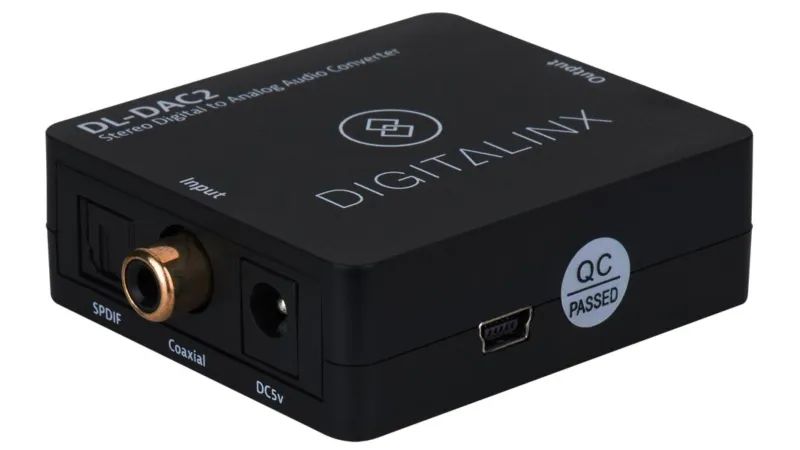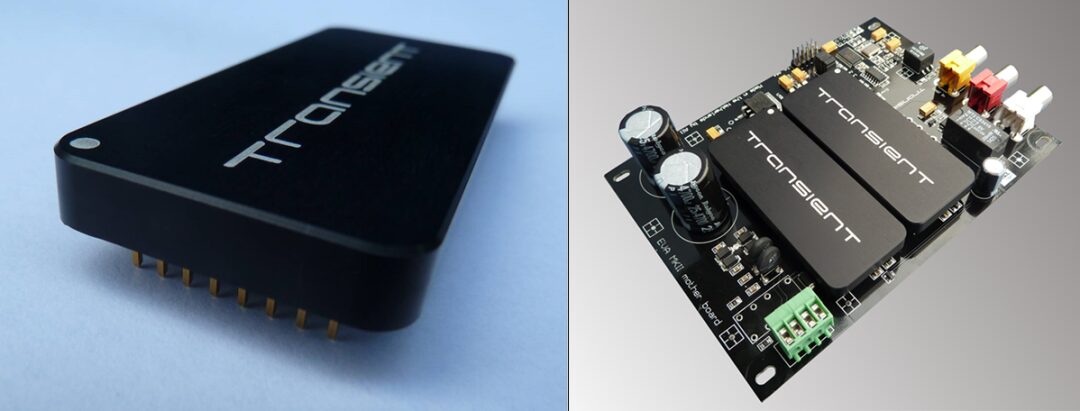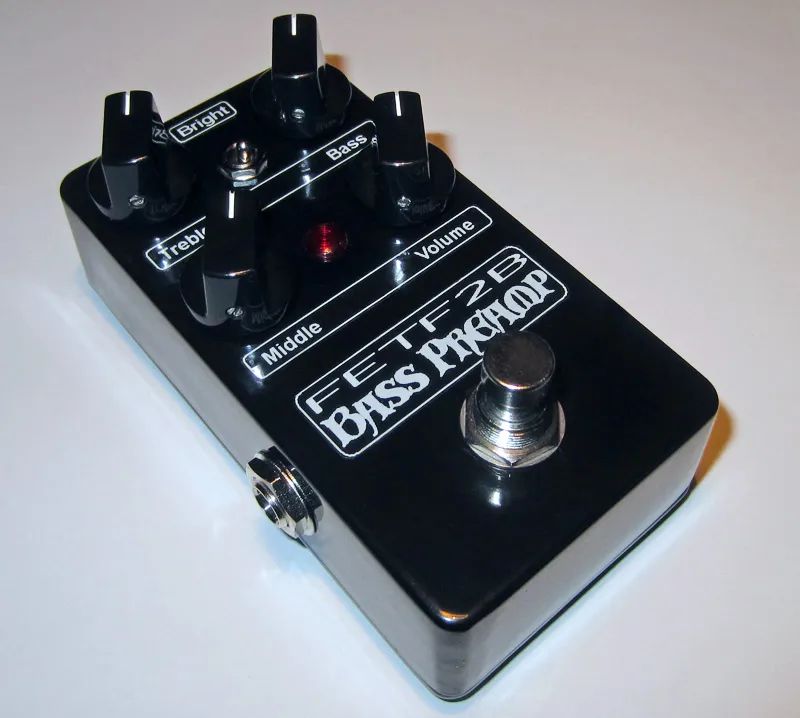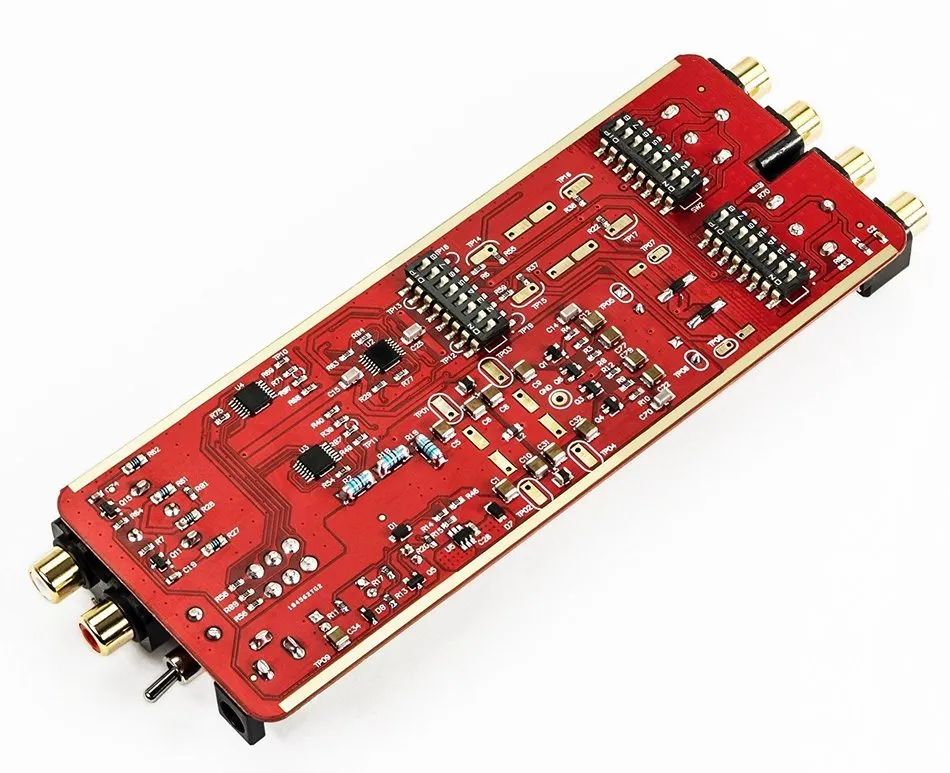Skip to content


DAC stands for digital-to-analog converter. It is one of the audio devices that takes digital signals as input and outputs analog signals.
Nowadays, many popular audio devices produce digital signals, such as smartphones, laptops, and many A/V receivers. The problem is that many audio devices that allow us to hear these sounds cannot process digital signals themselves. This means that audio output or processing devices need to convert these sound signals into analog signals before receiving them. This is where the DAC comes into play.
Although there are standalone DACs available (which many audiophiles prefer), many devices that generate digital audio signals come with built-in DACs.
In fact, take a look at your smartphone or computer, and you’ll find a DAC in each device. It may not be the greatest DAC in the world, but without a DAC in your phone or computer, you wouldn’t be able to listen to your favorite podcasts, music, or interesting videos.


Well, this is another audio device with a self-explanatory name, although it may not be as self-explanatory as the DAC. A preamplifier is a small device that sits between the audio signal and the amplifier (though it can also come before other audio devices). When an audio device processes a signal or even outputs the raw signal, that signal is not very strong. If you feed this signal directly into an amplifier, you will hardly hear anything from the other end. This is where the preamplifier comes into play.
The job of a preamplifier is to boost the audio signal. When a weak audio signal is fed through the preamplifier, it processes the signal, making the output much stronger than the input signal. That signal is then fed into an amplifier or other audio processing device.
Almost every audio setup will use a preamplifier, whether you realize it or not. In some cases, the preamplifier may be built into the audio device, but in most cases, it will be a separate audio device, especially if your goal is to achieve the best possible audio signal.
What is the Difference Between DAC and Preamplifier?
The difference between the two lies in what they do. In most audio devices, you actually need both. A DAC cannot replace a preamplifier, and a preamplifier certainly cannot replace a DAC.
Although this has thrown off the idea that some audio manufacturers have created combination devices that can do both jobs, even so, the chipsets or software will be different because they will process audio in different ways. You just don’t realize that you’re really combining two audio devices into one.
A DAC is crucial for devices that generate digital audio. Although most modern audio devices use digital output, there are exceptions with older analog formats like cassette tapes and vinyl records.
However, a preamplifier is almost always needed. It sends out signals for you to hear. However, it can only amplify analog signals. This means that (in most cases) a DAC is required before entering the audio chain.
Can a DAC Be Used as a Preamplifier?
Sometimes, but we do not recommend it. The main goal of a DAC is to convert digital signals into audio signals.However, DACs are very cool devices. Many of them have additional controls, which can include volume control or power boost features.If your DAC can output a loud enough audio signal, then yes, it can be fed directly into an amplifier or speaker.No preamplifier is needed.
However, it is important to note that if you use a DAC as a preamplifier or amplifier, the volume will be far from the same level.You may even have less control over the actual sound you hear (without level adjustments, etc.), which may not be suitable for most people.Therefore, while some DACs can be used as preamplifiers, you may not want to go down that road.If you enjoy listening to music, then it’s not advisable.







